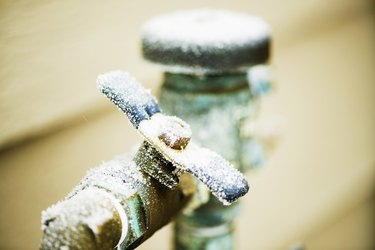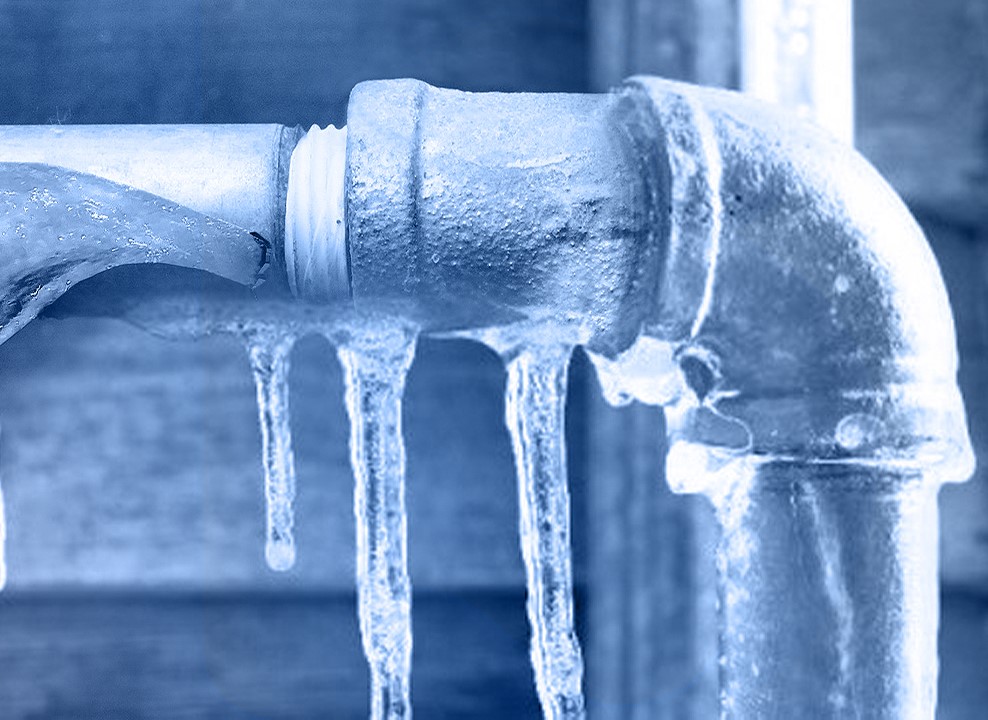Just how do you really feel with regards to How to Prevent Your Pipes From Freezing?

Winter can wreak havoc on your pipes, especially by freezing pipes. Right here's how to avoid it from happening and what to do if it does.
Introduction
As temperature levels drop, the danger of icy pipelines increases, potentially bring about costly repair services and water damages. Understanding exactly how to avoid frozen pipes is vital for homeowners in chilly environments.
Recognizing Icy Pipelines
What creates pipes to ice up?
Pipes freeze when subjected to temperatures below 32 ° F (0 ° C) for extended periods. As water inside the pipelines ices up, it broadens, putting pressure on the pipeline wall surfaces and potentially causing them to break.
Threats and damages
Icy pipelines can cause water system interruptions, building damage, and pricey repair services. Burst pipelines can flood homes and create comprehensive architectural damage.
Indications of Frozen Pipes
Recognizing frozen pipes early can avoid them from breaking.
How to determine icy pipelines
Search for reduced water circulation from taps, uncommon odors or noises from pipes, and noticeable frost on exposed pipes.
Prevention Tips
Protecting prone pipes
Wrap pipes in insulation sleeves or utilize warm tape to safeguard them from freezing temperatures. Focus on pipes in unheated or exterior locations of the home.
Home heating methods
Keep indoor rooms appropriately warmed, particularly areas with pipes. Open cabinet doors to permit warm air to circulate around pipelines under sinks.
Safeguarding Exterior Plumbing
Yard hose pipes and outdoor faucets
Disconnect and drain pipes yard hose pipes prior to wintertime. Set up frost-proof spigots or cover exterior faucets with insulated caps.
What to Do If Your Pipes Freeze
Immediate activities to take
If you think icy pipelines, keep taps open to eliminate stress as the ice melts. Use a hairdryer or towels taken in warm water to thaw pipelines gradually.
Long-Term Solutions
Structural modifications
Take into consideration rerouting pipelines far from outside wall surfaces or unheated areas. Include added insulation to attic rooms, basements, and crawl spaces.
Updating insulation
Buy top notch insulation for pipes, attics, and wall surfaces. Appropriate insulation helps keep constant temperatures and lowers the danger of icy pipes.
Verdict
Protecting against frozen pipelines calls for positive actions and quick feedbacks. By comprehending the reasons, signs, and safety nets, home owners can safeguard their pipes throughout winter.
5 Ways to Prevent Frozen Pipes
Drain Outdoor Faucets and Disconnect Hoses
First, close the shut-off valve that controls the flow of water in the pipe to your outdoor faucet. Then, head outside to disconnect and drain your hose and open the outdoor faucet to allow the water to completely drain out of the line. Turn off the faucet when done. Finally, head back to the shut-off valve and drain the remaining water inside the pipe into a bucket or container. Additionally, if you have a home irrigation system, you should consider hiring an expert to clear the system of water each year.
Insulate Pipes
One of the best and most cost-effective methods for preventing frozen water pipes is to wrap your pipes with insulation. This is especially important for areas in your home that aren’t exposed to heat, such as an attic. We suggest using foam sleeves, which can typically be found at your local hardware store.
Keep Heat Running at 65
Your pipes are located inside your walls, and the temperature there is much colder than the rest of the house. To prevent your pipes from freezing, The Insurance Information Institute suggests that you keep your home heated to at least 65 degrees, even when traveling. You may want to invest in smart devices that can keep an eye on the temperature in your home while you’re away.
Leave Water Dripping
Moving water — even a small trickle — can prevent ice from forming inside your pipes. When freezing temps are imminent, start a drip of water from all faucets that serve exposed pipes. Leaving a few faucets running will also help relieve pressure inside the pipes and help prevent a rupture if the water inside freezes.
Open Cupboard Doors
Warm your kitchen and bathroom pipes by opening cupboards and vanities. You should also leave your interior doors ajar to help warm air circulate evenly throughout your home.

I ran across that blog entry on How to prepare your home plumbing for winter weather while doing a search on the internet. Remember to take the opportunity to share this article if you enjoyed it. I am grateful for your time. Revisit us soon.
Free Estimate